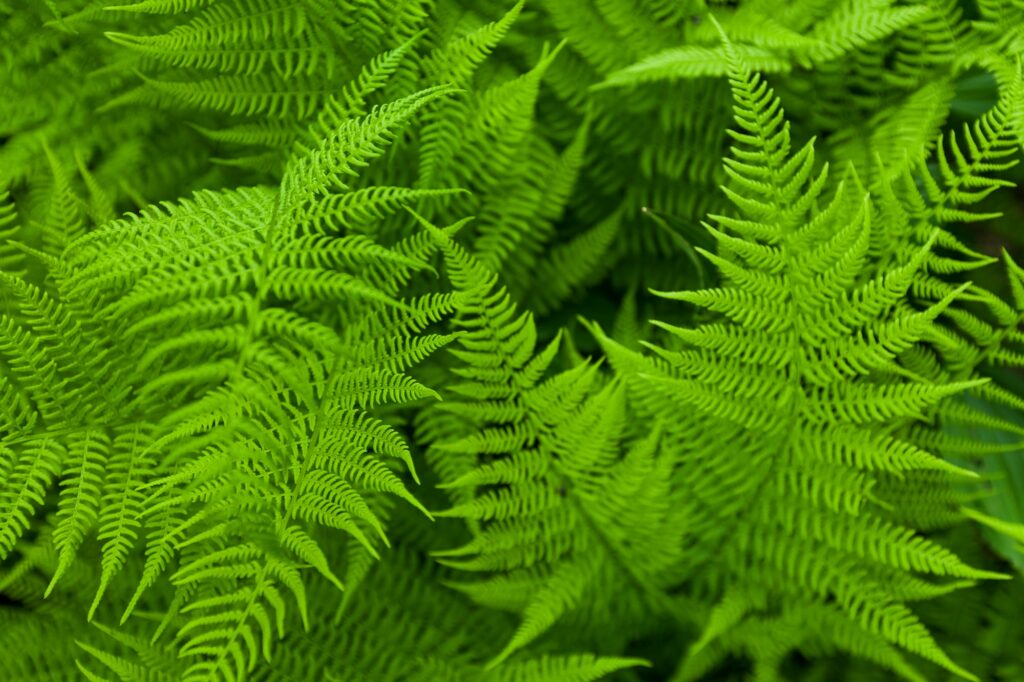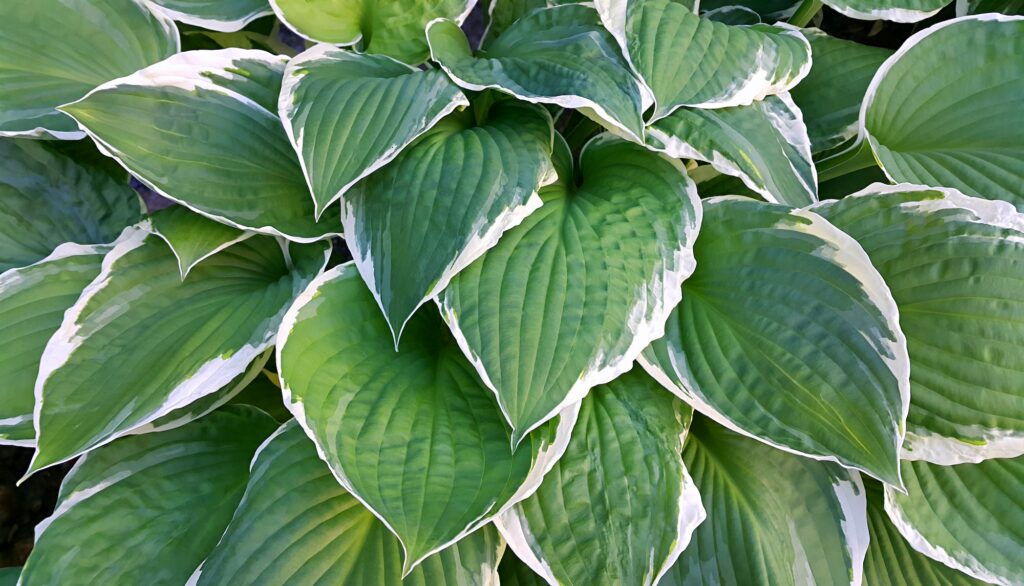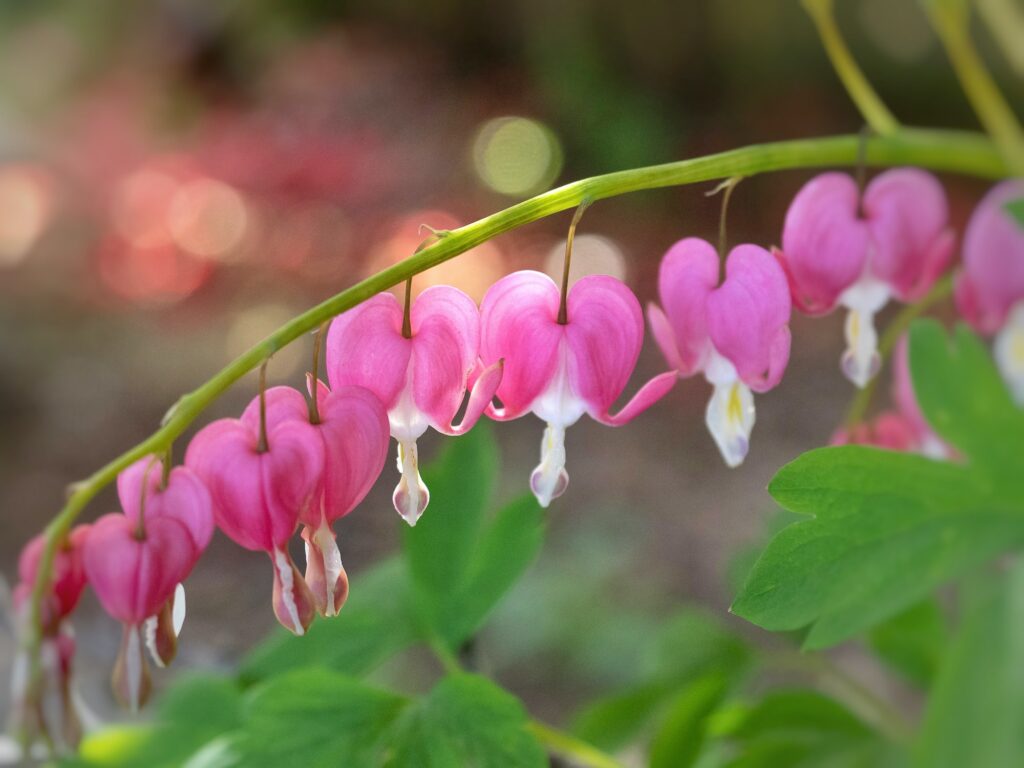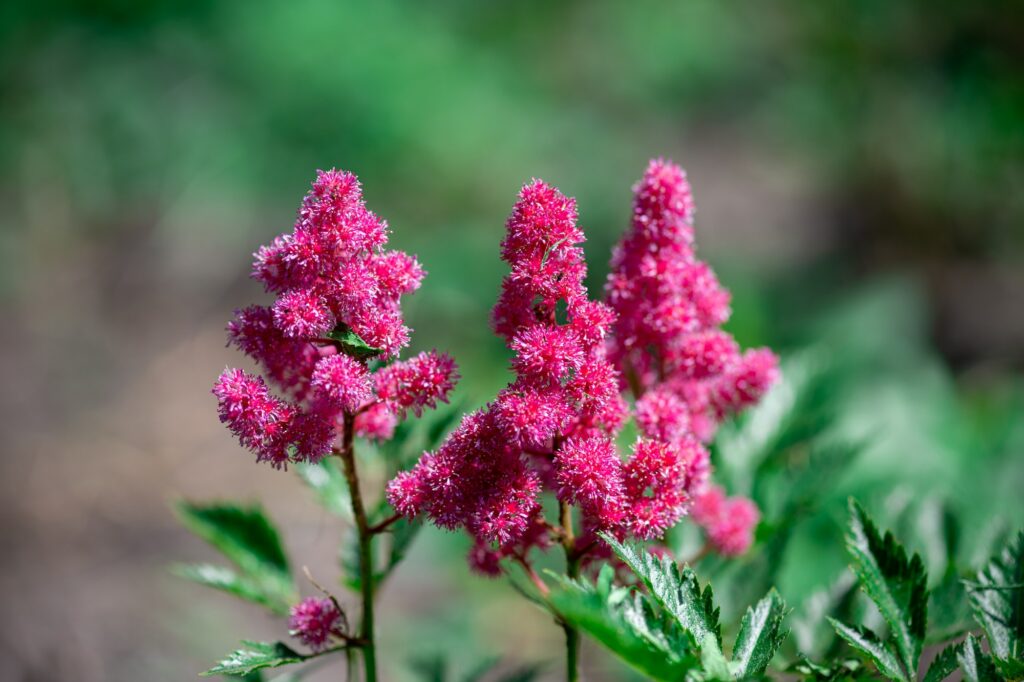Are you tired of looking at your shaded garden pond and feeling like it’s lacking life and color? Well, fret no more! In this article, we will guide you through a variety of year-round plants that thrive in shaded areas, allowing you to add a touch of elegance and beauty to your outdoor space.
Just like a painter adding brushstrokes to a canvas, these plants will bring vibrancy and texture to your garden, creating a haven that will make you feel like you truly belong in nature’s embrace.
When it comes to shaded areas, ferns are an excellent choice to breathe life into your garden. Their lush foliage adds a touch of elegance and creates a serene atmosphere. With their delicate fronds and graceful arching stems, ferns can add a sense of movement and tranquility to any garden space.
Whether you choose the Boston fern, with its feathery leaves and cascading habit, or the Japanese painted fern, with its striking silver and burgundy foliage, these plants are sure to captivate your senses with their beauty.
Not only do ferns thrive in the shade, but they also require little maintenance, making them perfect for those who want a hassle-free gardening experience. So, why not invite these natural works of art into your garden and let them transform your shaded space into a lush oasis?
Ferns – Add a Touch of Elegance with Lush Foliage
Ferns bring a touch of elegance to shaded areas with their lush foliage, creating a sense of sophistication and natural beauty. These beautiful plants are a popular choice for adding greenery and a sense of tranquility to any garden or indoor space.
When it comes to fern care, it’s important to provide them with the right conditions. Most ferns prefer moist, well-draining soil and indirect light. They thrive in areas with high humidity, making them perfect for shaded areas where other plants may struggle to grow.

There are many popular fern varieties to choose from, each with its own unique characteristics. One popular variety is the Boston Fern, known for its delicate fronds and arching growth habit. This fern is easy to care for and can tolerate a wide range of conditions, making it a great choice for beginners.
Another popular variety is the Maidenhair Fern, which is prized for its delicate, lacy foliage. This fern requires a bit more attention, as it prefers higher humidity levels and regular misting. However, the effort is well worth it, as the Maidenhair Fern adds a touch of elegance and grace to any space.
If you’re looking to add a touch of elegance to your shaded areas, ferns are a fantastic choice. With their lush foliage and graceful growth habits, they create a sense of sophistication and natural beauty. Whether you choose the Boston Fern or the Maidenhair Fern, these popular varieties will bring a sense of tranquility and belonging to your garden or indoor space.
Just remember to provide them with the right conditions, such as moist, well-draining soil and indirect light, and you’ll enjoy their beauty for years to come.
Hostas – Enjoy Beautiful Variegated Leaves and Colorful Flowers
Immerse yourself in the beauty of variegated leaves and colorful flowers with hostas. These stunning plants are a perfect addition to any shaded area, adding a touch of elegance and vibrancy to your garden.

Hostas are known for their large, lush foliage that comes in a variety of colors and patterns, making them a popular choice among garden enthusiasts. Here are four things to consider when growing hostas in your garden:
- Soil requirements: Hostas thrive in moist, well-draining soil that’s rich in organic matter. They prefer soil with a slightly acidic to neutral pH level. Before planting hostas, it’s important to prepare the soil by adding compost or other organic matter to improve its fertility and drainage.
- Light requirements: While hostas are shade-loving plants, they still require some amount of light to grow and develop their vibrant foliage. They generally prefer dappled or filtered sunlight, as direct sunlight can scorch their leaves. Finding the right balance of light is crucial to ensure the health and beauty of your hostas.
- Companion plants: To enhance the beauty of your hostas, consider planting them alongside other shade-loving plants that complement their colors and textures. Some great companion plants for hostas include ferns, astilbes, heucheras, and bleeding hearts. These plants not only create a visually appealing landscape but also provide a natural habitat for beneficial insects.
- Watering and maintenance: Hostas require regular watering to keep their soil consistently moist. However, be careful not to overwater them, as this can lead to root rot. Mulching around the base of the plants can help retain moisture and suppress weed growth. Additionally, hostas benefit from regular fertilization to promote healthy growth and vibrant foliage.
By understanding the optimal soil conditions, exploring companion plants, and providing proper care, you can enjoy the beautiful variegated leaves and colorful flowers of hostas in your shaded areas. These versatile plants are sure to add an element of charm and sophistication to your garden, creating a welcoming and enchanting space for you to relax and enjoy nature’s beauty.
Bleeding Hearts: Create a Delicate and Romantic Atmosphere with Heart-Shaped Flowers
To truly capture a delicate and romantic atmosphere in your garden, look no further than bleeding hearts and their enchanting heart-shaped flowers.

These delicate blooms are the perfect addition to any garden, adding a touch of elegance and charm. With their unique shape and beautiful colors, bleeding hearts create a sense of whimsy and romance that is hard to match.
When designing a romantic garden, it’s essential to choose plants that evoke a sense of beauty and grace. Bleeding hearts are the ideal choice for this purpose. Their delicate flowers, which come in shades of pink, white, and red, are truly captivating. As they hang gracefully from their stems, they create a stunning visual display that is sure to catch the eye of any visitor.
In addition to their beauty, bleeding hearts are also easy to care for, making them a great choice for both experienced and novice gardeners. They thrive in shaded areas, making them perfect for adding a touch of romance to those dark corners of your garden. With the right care and attention, they’ll continue to bloom year after year, providing you with a constant source of beauty and joy.
Incorporating bleeding hearts into your garden design is a surefire way to create a romantic and enchanting atmosphere. Their delicate blooms and heart-shaped flowers will add a touch of whimsy and elegance to any space.
Whether you have a small backyard or a sprawling garden, these plants are a must-have for any lover of beauty and romance. So why wait? Start planning your romantic garden today and let the enchantment of bleeding hearts take center stage.
Astilbes: Bring Vibrant Color and Texture to Shaded Areas
Transform your shaded areas into vibrant and textured havens with the addition of beautiful astilbes. These shade-loving perennials are a fantastic choice for adding pops of color and texture to your garden or landscaping.

With their feathery plumes and lush foliage, astilbes create a romantic and inviting atmosphere that’s sure to captivate anyone who sets foot in your shaded oasis.
Here are a few benefits of incorporating astilbes into your landscaping:
- Vibrant Color: Astilbes come in a wide range of colors, including shades of pink, purple, red, and white. By selecting different varieties, you can create a stunning display of contrasting hues that’ll brighten up even the darkest corners of your shaded areas. The vibrant blooms of astilbes will instantly draw attention and add a touch of elegance to your outdoor space.
- Textured Foliage: In addition to their beautiful flowers, astilbes also have unique and interesting foliage. Their fern-like leaves provide a lush and textured backdrop for the delicate blooms. The different shades of green and varying leaf shapes add depth and dimension to your garden, creating a visually appealing landscape that’s both interesting and inviting.
- Low-Maintenance: Astilbes are known for their low-maintenance nature, making them a perfect choice for busy gardeners or those who simply want to enjoy their outdoor space without constant upkeep. Once established, astilbes require minimal care, making them an ideal option for those looking to add beauty and color to their shaded areas without too much effort.
- Versatility: Astilbes can be used in a variety of ways in your landscaping. They work well as border plants, edging a pathway, or defining the boundaries of a garden bed. They can also be planted in groups to create a stunning focal point or used as a backdrop for other flowering plants. With their versatility, astilbes can be incorporated into any garden design, adding beauty and interest to your shaded areas.
By incorporating astilbes into your shaded areas, you can transform them into vibrant and textured havens that’ll captivate and inspire. With their vibrant colors, textured foliage, low-maintenance nature, and versatility in landscaping, astilbes are a fantastic choice for adding life and beauty to your outdoor space. So go ahead and create a romantic and inviting atmosphere in your shaded oasis with the addition of these stunning shade-loving perennials.
Hellebores: Discover the Beauty of Winter Blooming Flowers

Hellebores, also known as Lenten roses, are a popular choice for winter gardening due to their ability to thrive in shaded areas. These resilient plants are the perfect addition to any garden, providing vibrant color and delicate blooms during the colder months when most other plants lay dormant. With their wide range of colors and unique features, hellebores are sure to bring life and beauty to your winter landscape.
When it comes to winter gardening, finding plants that can tolerate shade can be a challenge. However, hellebores are known for their shade tolerance, making them an ideal choice for those looking to add color to their shady gardens. These versatile plants can thrive in a range of light conditions, from dappled shade to full shade, making them suitable for a variety of garden settings. Whether you have a densely shaded area or a spot with limited sunlight, hellebores can flourish and brighten up your winter landscape.
Hellebores offer a wide range of colors and varieties, ensuring that there is a perfect option for every garden. From soft pastel hues to deep and rich shades, these winter-blooming flowers can create a striking visual display. Additionally, hellebores feature unique blooms that add a touch of elegance to any garden. Their nodding flowers, often with intricate patterns and delicate petals, create a sense of wonder and enchantment in the winter garden. With their ability to thrive in shade and their stunning blooms, hellebores are a must-have for any winter gardening enthusiast looking to add beauty and color to their outdoor space.
Frequently Asked Questions
How often should I water ferns in shaded areas?
To maintain healthy ferns in shaded areas, water them regularly, ensuring the soil stays consistently moist. Ferns have a high shade tolerance and require a watering frequency of about once or twice a week.
Can hostas tolerate full sun or do they need to be in shade all the time?
Can hostas survive in sunny areas or do they need constant shade? Discover how to care for ferns in the shade while providing hostas with the right conditions to thrive in full sun.
Are bleeding hearts toxic to pets?
Bleeding hearts can be toxic to pets if ingested. It’s important to keep your furry friends safe by avoiding planting these flowers in areas accessible to them. Always prioritize pet safety when choosing plants for your garden.
How tall do astilbes typically grow in shaded areas?
So you want to know how tall astilbes typically grow in shaded areas? Well, my friend, these lovely plants can reach a height of 24 to 36 inches, adding a touch of elegance to any shady corner of your garden. Now, let’s talk about fern watering…
Do hellebores require any special care during the winter months?
During the winter months, hellebores require some special care. They benefit from being in shaded areas, as it helps to protect them from harsh winter conditions.
Conclusion
In conclusion, if you’re looking to add a touch of elegance and lush foliage to your shaded areas, ferns are the perfect choice. They have graceful fronds and vibrant green color, creating a soothing and calming atmosphere that is sure to please the eye.
Additionally, hostas are a great option for those who want to enjoy beautiful variegated leaves and colorful flowers in their shaded garden. They come in a wide variety of sizes and colors, adding a pop of excitement and visual interest to any space.
For those who desire a delicate and romantic atmosphere, bleeding hearts are the way to go. They have heart-shaped flowers in shades of pink and white, bringing a touch of whimsy and charm to any shaded area.
If you’re looking to bring vibrant color and texture to your shady garden, astilbes are the perfect choice. They have feathery plumes in shades of red, pink, and white, creating a stunning visual display that is sure to impress.
Lastly, if you want to discover the beauty of winter-blooming flowers in the shade, hellebores are the answer. They have delicate blooms in shades of white, pink, and purple, bringing a sense of wonder and enchantment to the winter landscape.
So whether you’re looking to add elegance, color, or romance to your shaded areas, these year-round plants are the perfect solution. They can thrive in low-light conditions, bringing beauty and joy to your garden all year long.

